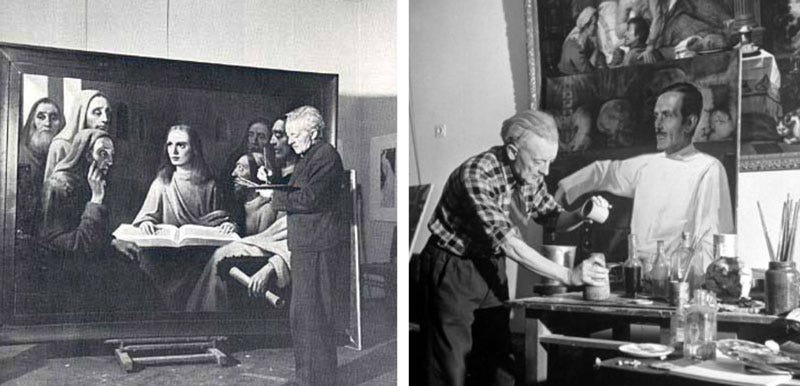“Do you think I should confess? To what? Committing masterpieces?”
—Orson Welles, quoting an art forger, F For Fake (1973)
Hey y’all,
Because I wrote a book called Steal Like an Artist, some people think I’m really interested in plagiarism. Actually, I’m much more interested in forgery.
“Plagiarism is the flip side of forgery,” wrote Andrew Potter in The Authenticity Hoax. “Forgers pass off their own work as that of someone else, while plagiarists pass off the work of others as their own.”
In other words: Plagiarism is taking credit for someone else’s work. Forgery is giving someone else credit for work you create.
The difference is you doing the work.
Forgery requires so much skill that it can be hard to tell the difference between a “real” artist and an art forger.
A great example is Han van Meegeren, the “art forger who became a national hero.” Frustrated by his lack of success as an artist — one critic said, “He has every virtue excerpt originality” — he decided to take his revenge on the art world (and his father, who told him he’d never amount to anything) by getting so good at painting that he could forge paintings by Vermeer and other Dutch masters. He spent years perfecting his technique and selling his forgeries for millions.
Everything was going fine until WWII wrapped up:
Keep reading with a 7-day free trial
Subscribe to Austin Kleon to keep reading this post and get 7 days of free access to the full post archives.






